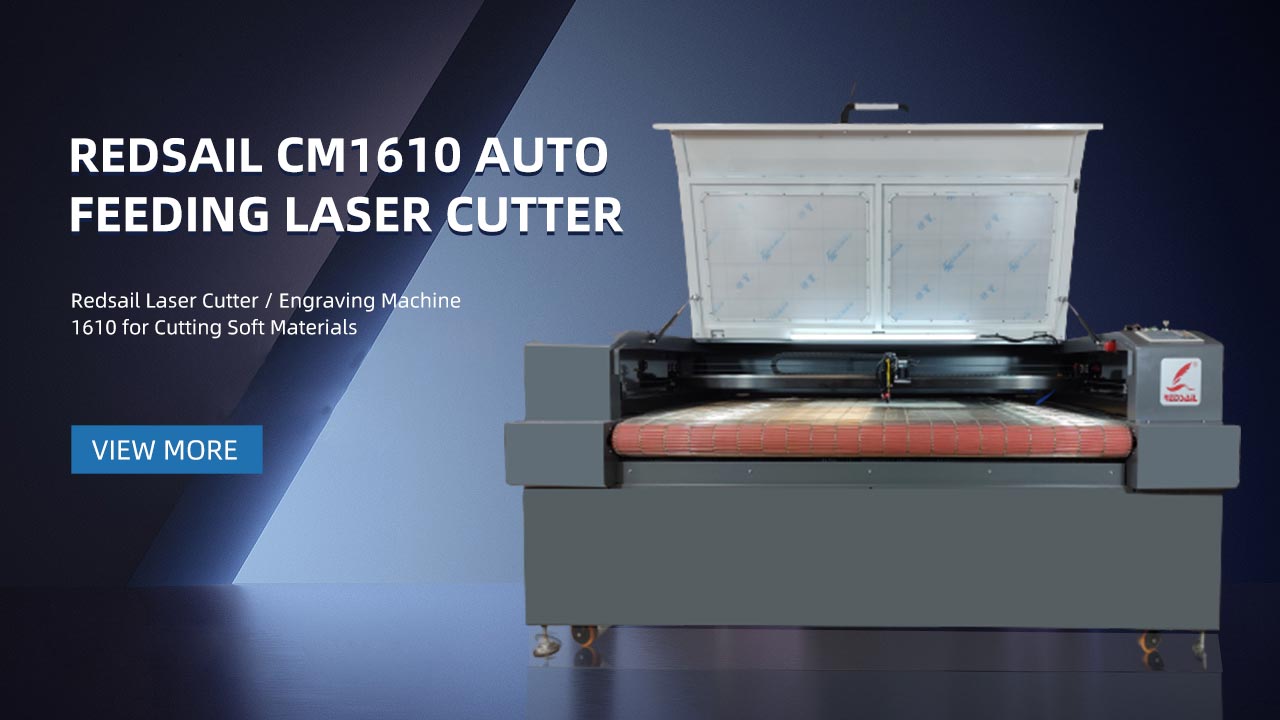What Are the Best CO2 Laser Engraving Parameters?
In the world of laser engraving, CO2 lasers are widely used due to their versatility and efficiency. They are commonly employed to engrave various materials such as wood, acrylic, glass, and even certain metals. However, achieving the best results requires proper knowledge of the laser engraving parameters. In this article, we will explore the optimal CO2 laser engraving parameters that ensure precision and high-quality results every time.
1. Power and Speed
Power and speed are two crucial parameters to consider while setting up a CO2 laser engraving machine. The power of the laser determines the intensity of the beam, while the speed controls the movement of the laser across the material. Finding the ideal balance between power and speed is the key to achieving the desired engraving depth and quality.
- Power: Higher power levels are generally suitable for engraving hard materials, whereas lower power levels work best on softer materials. It’s essential to adjust the power according to the material being engraved to avoid excessive burn or inadequate engraving.
- Speed: Faster engraving speeds are preferable for materials that may warp or melt easily, such as plastic or acrylic. Slower speeds, on the other hand, are suitable for achieving finer details on materials like wood or glass.
Experimentation with power and speed settings is always recommended to find the perfect combination for each unique material.
2. DPI (Dots Per Inch)
Dots Per Inch (DPI) refers to the resolution of the engraving and directly affects the level of detail. A higher DPI setting produces finer engravings, whereas a lower DPI setting emphasizes speed. It is crucial to strike the right balance between resolution and production time, depending on the intended use of the engraved item.
- High DPI: Ideal for intricate designs and highly detailed engravings. It takes longer to complete but produces stunning outcomes.
- Medium DPI: Appropriate for most applications, providing a good compromise between detail and speed.
- Low DPI: Suitable for large-scale engravings where fine details are less critical, allowing for faster completion.
Understanding the importance of DPI helps in optimizing the laser engraving process based on the desired outcome and time constraints.
3. Frequency and PPI (Pulses Per Inch)
Frequency, measured in Hertz (Hz), and Pulses Per Inch (PPI) determine how many laser pulses occur in each inch of movement. These parameters play a significant role in controlling the engraving quality, especially when it comes to shading or grayscale engravings.
- Higher Frequency and PPI: Recommended for achieving smooth shading, grayscale, or photographic engravings. More laser pulses per inch result in better tonal variations.
- Lower Frequency and PPI: Suitable for line art or vector-style engravings. Fewer pulses may create a more distinct and visible engraving.
It’s worth noting that the proper balance between frequency, PPI, and the material being engraved is crucial to avoid damaging the workpiece.
FAQs
Q: Can all materials be engraved using a CO2 laser?
A: While CO2 lasers can effectively engrave a wide range of materials such as wood, acrylic, glass, and certain metals, it’s important to consider the material’s composition and reflective properties. Reflective materials like metals require specialized CO2 lasers with higher power ranges specifically designed for metal engraving.
Q: How can I determine the appropriate power and speed settings for a specific material?
A: It is recommended to start with a lower power and speed setting and gradually increase until reaching the desired engraving result. Conducting a few tests on scrap materials or small areas of the workpiece with different settings can help identify the optimal parameters for a specific material.
Q: Why is it essential to maintain proper ventilation during laser engraving?
A: Laser engraving produces smoke and fumes, especially when engraving certain materials. Proper ventilation removes these substances from the workspace, ensuring a safe working environment for operators and preventing potential damage to the laser machine from the accumulation of debris and particulates.





